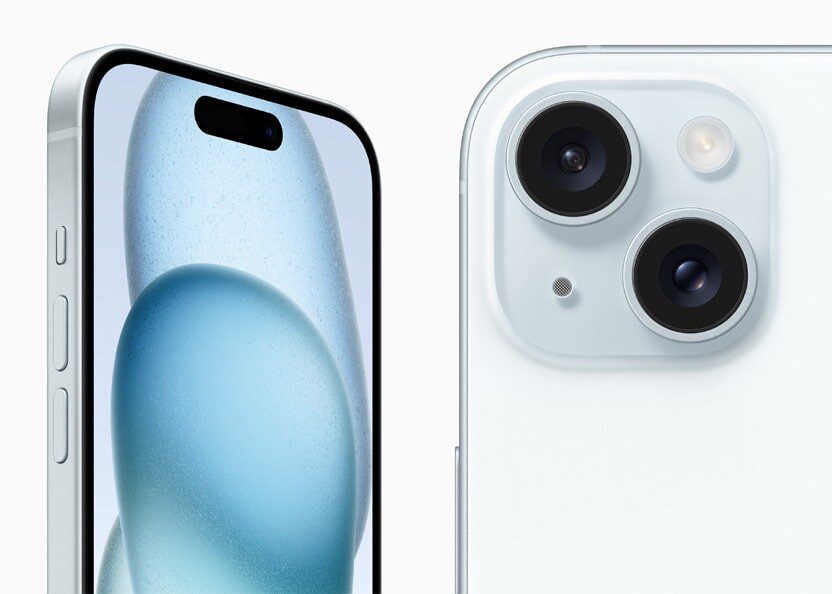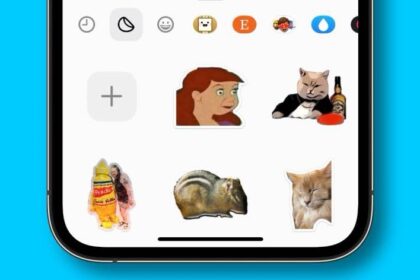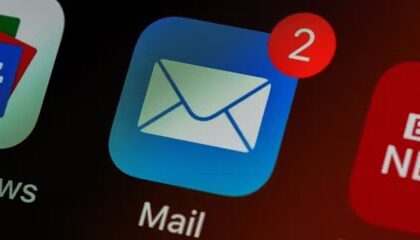In this feature, we aim to explore some of the interesting facts about iPhone most people don’t know.

We first met the iPhone in January 2007, when then-Apple boss Steve Jobs took to the stage and announced a new "widescreen, touch-controlled iPod, a revolutionary mobile phone, and a breakthrough Internet communications device". But they were not three devices, they were one: the iPhone.
Envisionated by Apple’s design guru Jony Ive and masterminded by Jobs, the iPhone was the first mobile phone to do a touchscreen really well.
While the iPhone has become a core symbol of our modern tech, there are some interesting facts about it that most likely don’t know. For example, did you know all iPhone ads show the phone set to the same time?
Here are two interesting iPhone facts you didn’t know.
What are some interesting facts about iPhones?
all iPhone ads show the phone set to the same time:
If you’ve ever paid close attention to Apple’s advertising materials, you may or may not have noticed that the time depicted on Apple’s products is always 9:41 AM.
So what gives? Why do most official photos of Apple products show the same time?
As one might expect, nothing about Apple’s advertising efforts is ever left to pure chance. Consequently, there’s actually a rather interesting explanation as to why the 9:41 AM timestamp is so darn prevalent.
That time used to be 9:42. You could see it across various commercials, print ads, and even on Apple’s website. The explanation was simple: That’s the time in the morning that Steve Jobs announced the very first iPhone in 2007. Around 42 minutes into his keynote address, he said, "Today Apple is going to reinvent the phone."
And a picture of the iPhone, displaying the time 9:42, popped up on the screen behind him.
But that all changed in 2010, when the very first iPad was released. When that was revealed, it displayed a different time: 9:41.
But why did the time change?
Back in April of 2010, developer Jon Manning was at an Apple retail store in Palo Alto for the original iPad launch when he found himself in the company of former iOS chief Scott Forstall. Curious about Apple’s quirky and ever-present display time, Manning asked Forstall if there was any rhyme or reason behind it.
Forstall answered:
We design the keynotes so that the big reveal of the product happens around 40 minutes into the presentation. When the big image of the product appears on screen, we want the time shown to be close to the actual time on the audience’s watches. But we know we won’t hit 40 minutes exactly.
So just to be safe, Forstall explained, Apple added another extra minute or two to provide a little bit of a cushion in the event of any slight holdups or delays.
Why iPhones don’t have close all button
It’s a common misconception that every app in the App Switcher is currently running in the background and thus using your iPhone’s resources, but this isn’t true. Apple’s support page on switching iPhone apps states the following:
After you switch to a different app, some apps run for a short period of time before they’re set to a suspended state. Apps that are in a suspended state aren’t actively in use, open, or taking up system resources.
Thus, most of the apps that appear in the App Switcher don’t represent active processes. They appear in the switcher more as a matter of convenience (letting you switch back to apps you were using earlier) than as a list of all running processes.
iOS does a great job of managing the resources available on your device, and by closing apps all the time, you’re forcing it to work harder.
Apps you haven’t touched for some time are automatically closed; when you open them later, they start up again. You can observe this yourself: open the switcher and scroll from left to right to reach an app that’s buried deep in the list. When you tap it, the app likely won’t pick up where you left off, since it was suspended a while ago to make room for apps you’re using now.
For apps that you stopped using recently, iOS freezes them, then unfreezes them when you reopen, to let you resume them quickly. You might not even realize that the app was frozen when you open it again, because this happens quickly.
By closing apps all the time, you’re stopping iOS from managing processes for you and losing the advantage of having frozen apps immediately available.
Let’s say you’re texting your friend in Messages and swipe to close the app after each response. Every time a new message comes in, you have to open Messages and select the conversation with your friend again. It would be faster to just leave Messages open so you can return to that conversation as soon as you unlock your phone.
While this isn’t a massive time difference, it adds up over the course of a day. But it’s not just time—this will also negatively affect battery life. By forcing your phone to close apps and then reopen them all the time, it has to do more work than if you just left them open.
The lack of a Close All button on the App Switcher implicitly speaks to how Apple intends this feature to work. If the company recommended closing all your apps regularly, it would likely make this easier to do with such a button.
Apple’s support page on how to close apps states that "you should close an app only if it’s unresponsive." If closing apps all the time helped your iPhone, Apple would make this clear.










